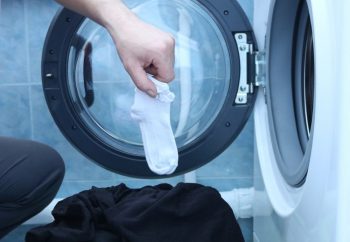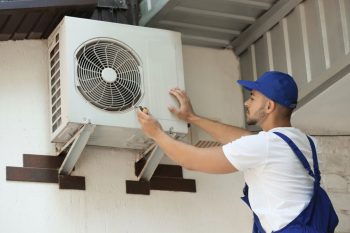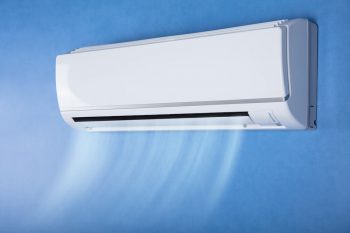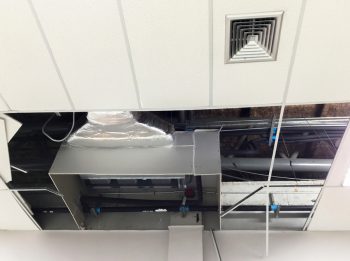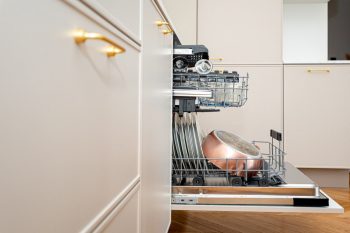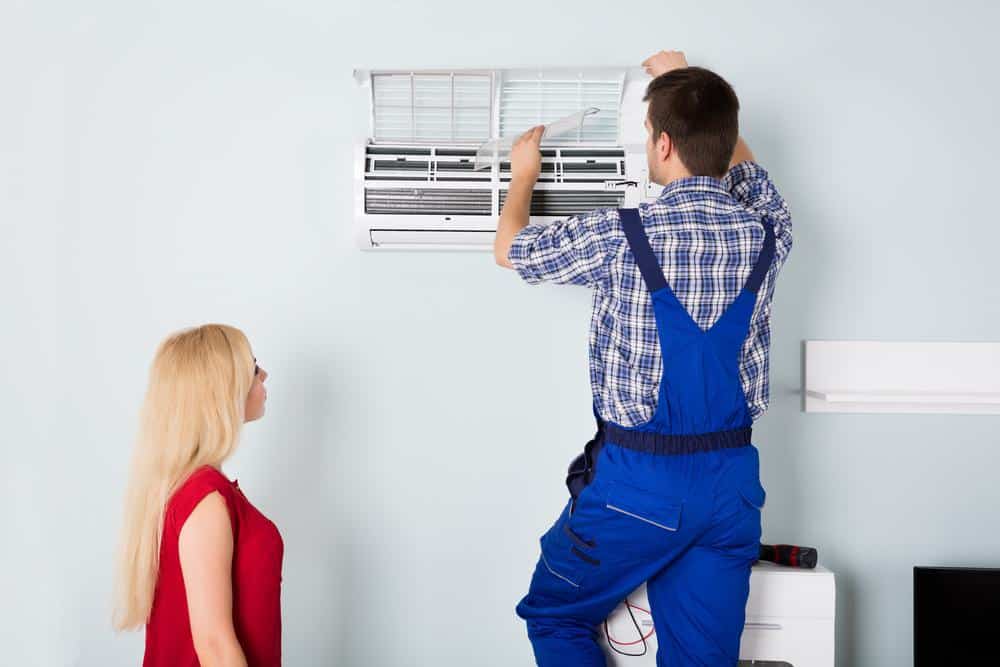
Air conditioning systems are integral components of our homes, providing us with a cool and comfortable environment during scorching summers or heated interiors during winter’s chill. However, one common issue that homeowners often face is an unexpected puff of dust coming out of their AC vents. This article aims to uncover why dust is coming out of your AC vents, the potential health risks, and how to effectively clean and prevent dust accumulation in your AC vents.
Dust might be coming out of your AC vents due to reasons such as leaky ductwork, dirty air filters, inadequate cleaning, dry air, or mold in the system. Regular maintenance, including cleaning or replacing air filters, vacuuming air registers, sealing leaky ducts, and scheduling professional HVAC maintenance can help prevent this issue. If dust persists, it’s advisable to seek professional help as excessive dust can pose health risks and increase energy costs.
Common Causes of Dust Coming Out of AC Vents
There are several reasons why dust may be coming out of your AC vents. These include:
- Leaky ductwork: Small gaps in your ductwork can develop due to age, damage, or poor workmanship. These gaps allow dust to flow in past the filter and into your rooms.
- Dirty air filters: If you fail to clean or replace the AC’s air filter regularly, it can increase debris in the system, leading to dust and debris circulating inside your home.
- Dirty ductwork: Dust-laden air vents could indicate dirty ductwork. Dirt, dust, and debris buildup in ductwork can affect air quality and worsen allergies.
- Inadequate cleaning: Not cleaning your home properly or targeting key spots where dust accumulates can contribute to dust coming out of the vents.
- Dry air: Dust flows freely through dry air and travels farther through an HVAC system. Dust is a bigger problem in drier climates and during dry winter months.
- Mold: The black dust on your AC vents could be mold, which can grow in the indoor AC unit and be carried through the ductwork.
Potential Health Risks
Dust coming out from AC vents can pose several health risks, especially for individuals with allergies, asthma, or other respiratory issues. These risks include respiratory problems, allergy symptoms, asthma attacks, respiratory infections, headaches, skin issues, and lethargy.
Identifying Excessive Dust
If you notice a small puff of dust as your HVAC system starts running, an unpleasant smell in your home, inconsistent airflow, significant dirt or debris buildup on your vent covers, or clogged air filters, your AC vents might be releasing an excessive amount of dust.
Cleaning Dust from AC Vents
Cleaning dust from AC vents involves turning off the power to your HVAC system, removing the vent covers, vacuuming the ducts, wiping down the inside of the vents, and reattaching the vent covers. You should aim to give your air vents a general dusting every six months and schedule a deep clean annually to prevent excess dust buildup.
Preventive Measures
Preventive measures to minimize dust accumulation include changing air filters regularly, sealing leaky ducts, vacuuming air registers, wiping down air vents, using a high-quality humidifier, scheduling regular HVAC maintenance, and choosing a high-efficiency filtration system.
When to Seek Professional Help
Professional help should be sought if the air ducts are visibly contaminated, there is a buildup of mold and other pollutants causing allergic reactions, your heating and cooling system is becoming less efficient due to dirty air ducts, or you notice excessive dust accumulation on flat surfaces in your house.
Impact on Energy Costs
Yes, dust in AC vents can contribute to higher energy costs. An inefficient air conditioner or furnace has to work harder to maintain a constant indoor temperature, which requires more energy and results in more expensive utility bills.
Tools Needed to Clean AC Vents
The tools needed to clean AC vents include a vacuum, brushes, compressed air tools, inspection equipment, handheld tools, and protective gear. For a DIY approach, you may also need a sturdy ladder, a screwdriver, a soft bristle brush with a long handle, rags and towels, a vacuum cleaner with a hose attachment, a furnace air filter, gloves, a dust mask, and goggles.
In conclusion, regular maintenance of your AC vents can minimize dust accumulation, improve the efficiency of your HVAC system, reduce energy costs, and improve indoor air quality. If you are unsure about how to proceed, don’t hesitate to seek professional help.
Frequently Asked Questions
How often should I replace my AC’s air filter?
You should replace your AC’s air filter every 60-90 days. However, if you have pets or someone in your home has allergies, it’s best to replace the filter every 30-45 days.
Can I clean my AC vents myself?
Yes, you can clean your AC vents yourself using simple tools like a vacuum, brush, and some rags. However, for deep cleaning or if you notice mold, it’s best to seek professional help.
What type of air filters should I use to minimize dust accumulation?
High-efficiency particulate air (HEPA) filters are recommended for minimizing dust accumulation as they can trap 99.97% of particles that are 0.3 microns in size.
How can I identify mold in my AC vents?
Mold in AC vents often appears as a black or green dust. It may also produce a musty odor. If you suspect mold, it’s best to seek professional help for removal to prevent health risks.
How does dust affect the efficiency of my HVAC system?
Dust can clog your air filters and ducts, forcing your HVAC system to work harder to maintain a stable temperature. This reduces its efficiency and can lead to increased energy costs.
Can dust in my AC vents cause damage to my HVAC system?
Yes, excessive dust can cause damage to your HVAC system. It can clog components, reduce efficiency, and lead to premature wear and tear. Regular cleaning and maintenance can help prevent this.

